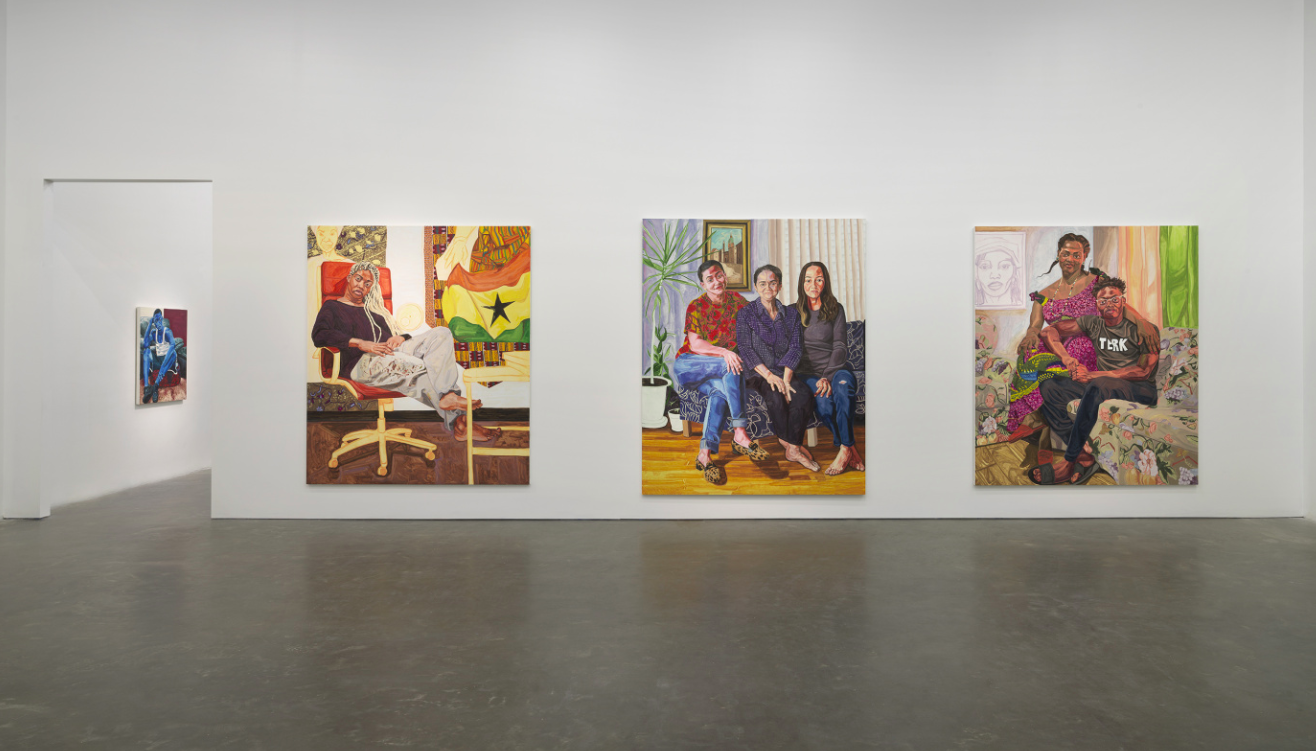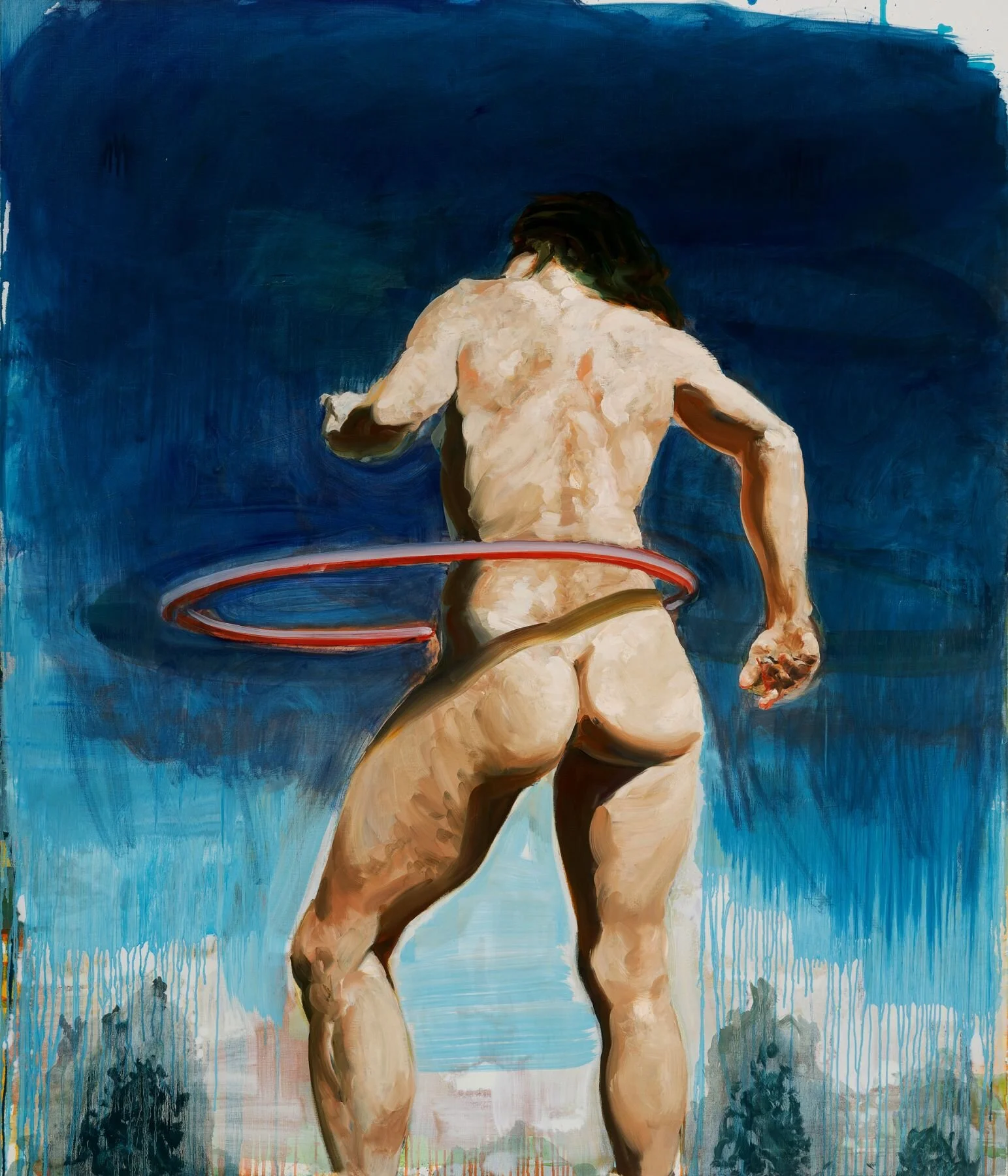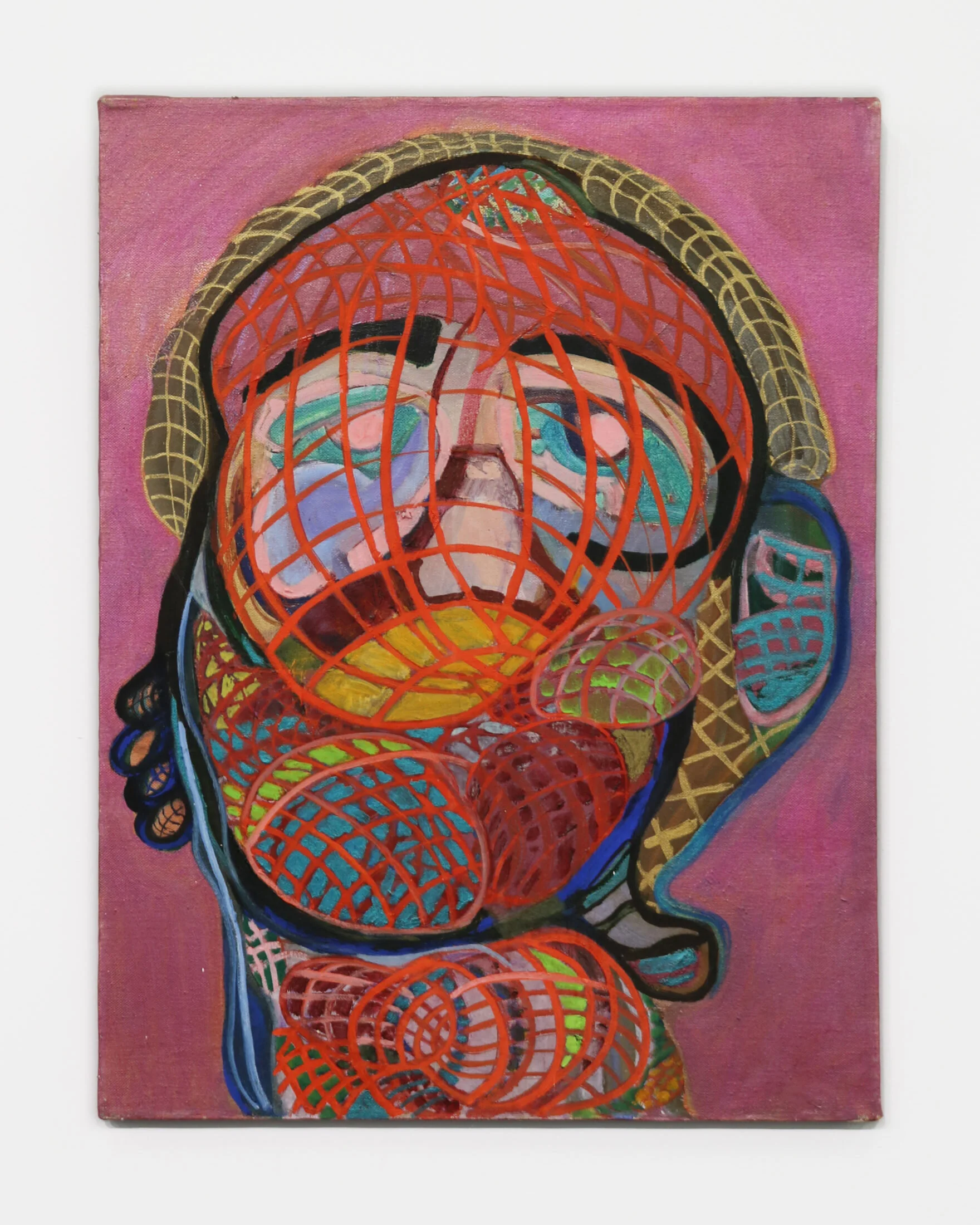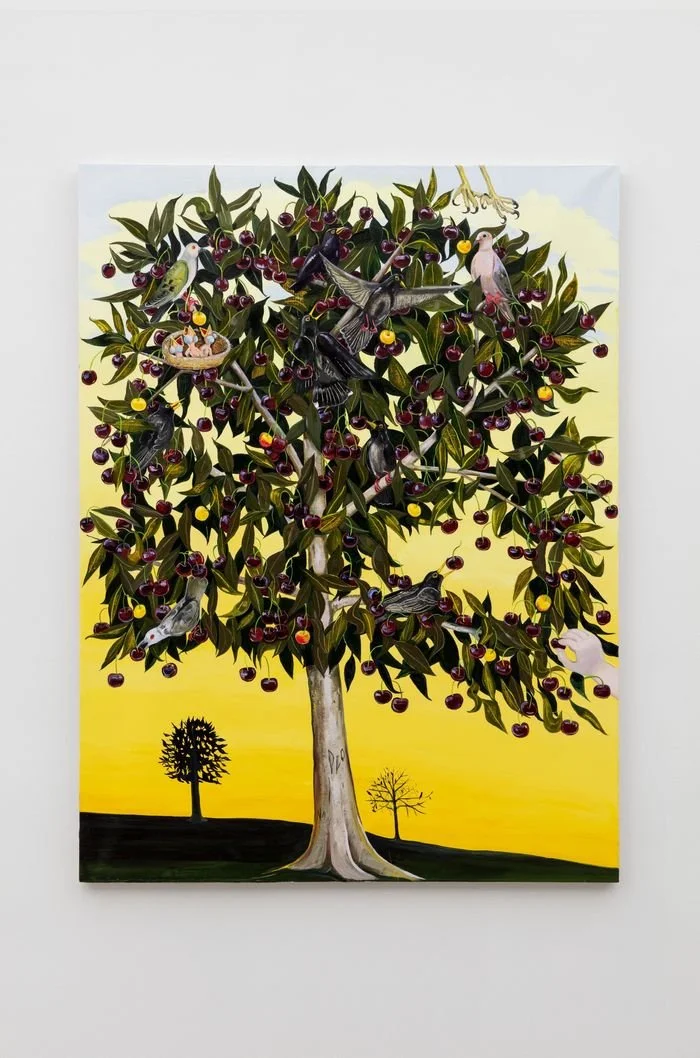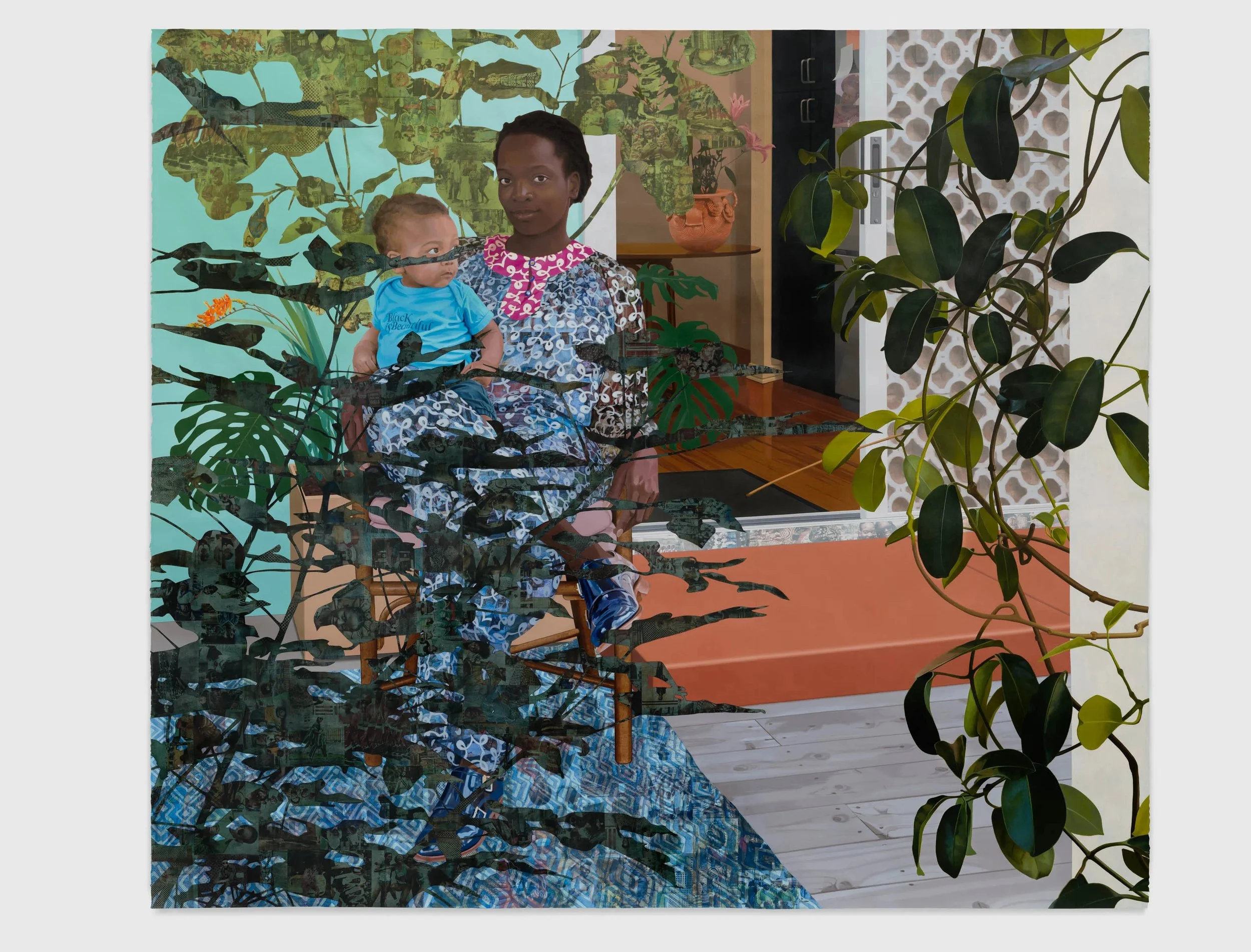Jordan Casteel
“Within Reach”
New York, 23 Bowery Street
In her large-scale oil paintings, Casteel has developed a distinctive figurative language permeated by the presence of her subjects, who are typically captured in larger-than-life depictions that teem with domestic details and psychological insights.
Portraying people from communities in which the artist lives and works—including former classmates at Yale, where she earned an MFA; street vendors and neighbors near her home in Harlem; and her own students at Rutgers University-Newark in New Jersey—Casteel insists upon the ordinary, offering scenes with both the informality of a snapshot and the frontality of an official portrait. In these richly colorful works, Casteel draws upon ongoing conversations on portraiture that encompass race, gender, and subjectivity, connecting her practice to the legacy of artists like Alice Neel, Faith Ringgold, and Bob Thompson, among others. Casteel’s studies in anthropology and sociology also inform her works, which can often be read as a reflection on the presentation of the self in everyday life and as an investigation of the relationships that tie together intimacy and distance, familiarity and otherness.
Casteel’s subjects, who are frequently black men looking directly at the viewer, are self-possessed and casually posed, but, as they stare in the distance, they also seem to ponder questions about masculinity and class, belonging and displacement. In the exchange of gazes between the sitters, the artist, and the viewers, her paintings blur impulses and aspirations to compose a nuanced portrait of daily life in the US.
From her earliest series, Visible Man, Casteel has challenged conventional depictions of blackness while simultaneously reconfiguring stereotypes and expectations around femininity and desire. In Jiréh (2013), a student from the Yale School of Drama appears unclothed and in repose at home, gazing tranquilly at the viewer from a patterned couch. More than on any sense of erotic tension, the painting rests on a sense of empathy and quietness. In later works, Casteel’s encounters with her subjects are animated by a different sense of place: in Nights in Harlem, Casteel shifts her attention outside, to men and women who populate the streets of her neighborhood. Posed in their environments, these figures reflect the communal spaces and social relationships they inhabit.
Along with her depictions of life in Harlem, Casteel also explores scenarios in which anonymity and individuality seem to coexist. In her cropped “subway paintings”—one of which lends its title to the exhibition—she zooms in on the everyday gestures she observes on New York City trains. Even against the anonymous weight of strangers clasping cell phones and huddling near doorways, the body still remains legible, its identity concealed but its inner life nevertheless present. In these, as in many of her works, Casteel captures the sensory experience of life in the city, while conjuring the complex emotional landscape of her sitters.
“Jordan Casteel: Within Reach” will also include recent portraits of Casteel’s students from Rutgers University-Newark. This series is comprised of works composed as domestic tableaux wherein the sitters and the artist share moments of proximity and estrangement that double as allegories of fleeting youth. These paintings signal a new phase for Casteel, one in which detailed passages of paint are contrasted with more abbreviated notations that still retain all the humanist qualities that distinguish her work.


